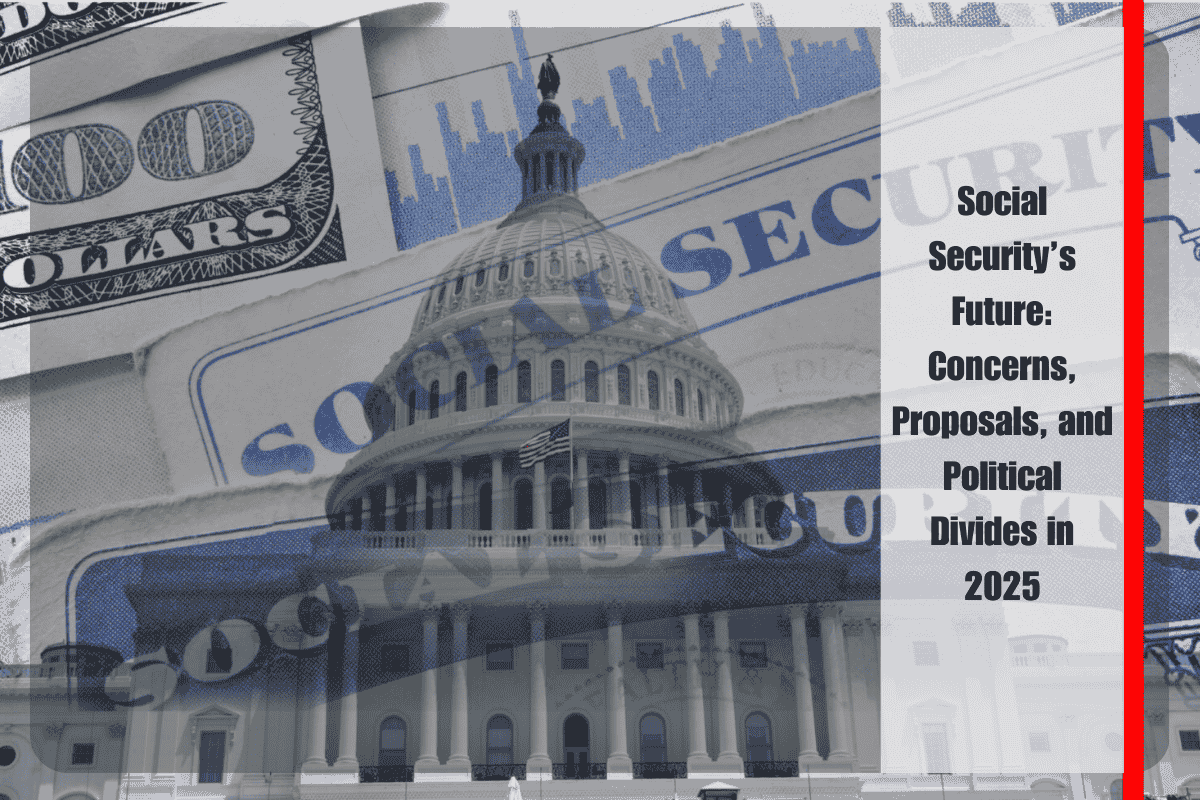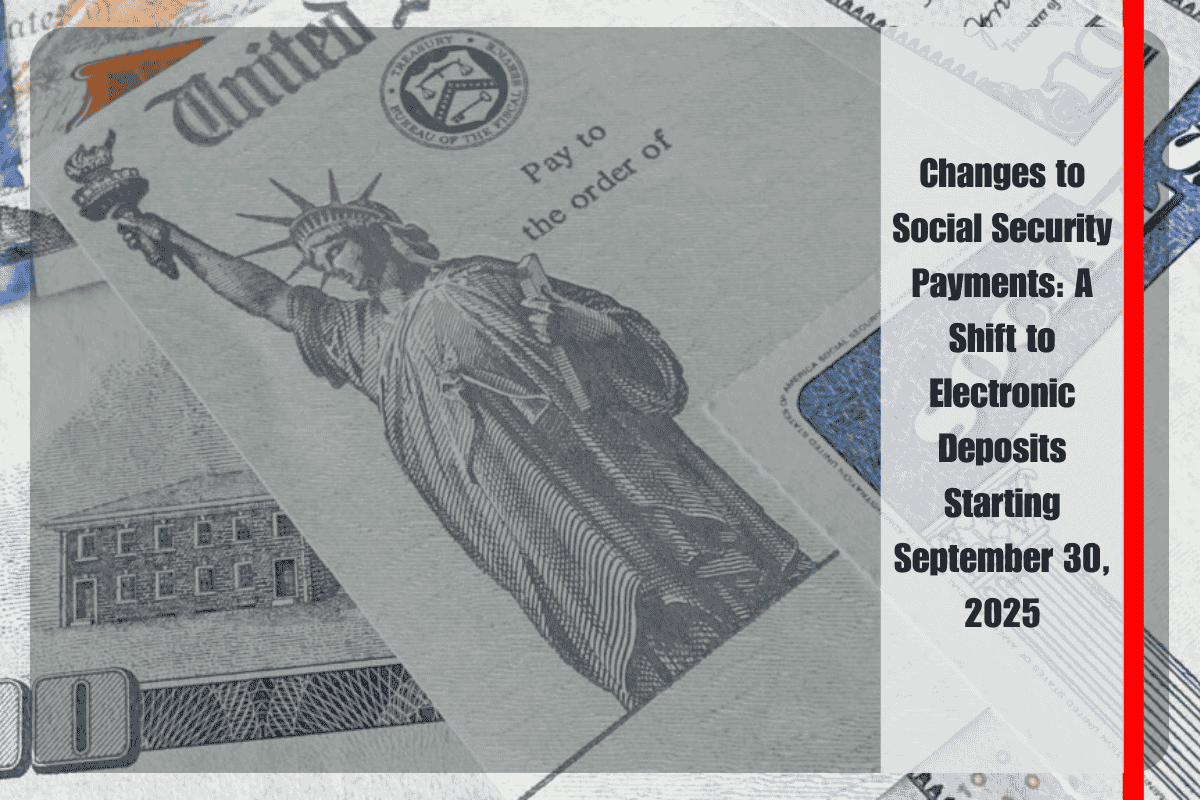The Social Security Administration (SSA) provides financial benefits to millions of Americans through various programs, including Supplemental Security Income (SSI). This helps those who are 65 or older, blind, or have a disability, but who also have limited income or resources. As we approach the second half of 2025, many SSI recipients will notice some changes to their payment schedules, which are crucial to keep track of. Let’s break down the basics of SSI, the changes in payment dates, and tips for supplementing your Social Security benefits.
How Supplemental Security Income (SSI) Works
In 2025, over 74 million Americans are receiving benefits from SSA programs. Of these, approximately 7.4 million are getting Supplemental Security Income (SSI). The typical monthly payouts for SSI are $967 for an individual and $1,450 for a couple. SSI is designed to support individuals who meet specific criteria, such as being over the age of 65, blind, or disabled, with limited income and resources.
To qualify, individuals must meet specific income limits. For instance, the maximum amount you can earn from work and still be eligible for SSI is $2,019 per month. Additionally, children with disabilities may also qualify for SSI if their parents apply on their behalf.
Other qualifying conditions include being a U.S. citizen, a national, or an approved noncitizen, along with completing and submitting the necessary application. For more detailed information or to estimate eligibility for SSI, visit the SSA’s official website.
Why You Might Not Receive Your SSI Payment in September
SSI payments are typically made on the first of each month. However, for 2025, there are some exceptions to this rule. While the payments for July and August will be issued as usual, with the next payment scheduled for August 1, SSI recipients should expect a slight change in the schedule for August and September.
On August 29, there will be a special SSI payment in place of the regular September 1 payment. This is because September 1 falls on Labor Day, a federal holiday. When a payment date coincides with a weekend or a holiday, the SSA moves the payment to the closest available day, which in this case is August 29. As a result, there will be no SSI payments in September.
Upcoming SSI Payment Schedule Changes
Besides the August 29 distribution, SSI recipients should prepare for other changes. In November, there will be no regular payment, but instead, two payments will be issued: one on October 1 and the other on October 31. December will also have two payments, one on December 1 and the other on December 31. The December 31 payment will also account for the Cost-of-living adjustment (COLA) for 2026, which is expected to be around 2.7%, though the exact figure will be confirmed in October.
These changes are important for those relying on SSI, so it’s essential to stay updated with the SSA’s payment schedule, which can be found on the SSA website’s Schedule of Social Security Payments page.
How to Supplement Your Social Security Income
Given the uncertainties surrounding the long-term future of Social Security, it’s wise to think about ways to supplement your retirement income. Shannon Benton, the executive director of the Senior Citizens League, recommends starting early with savings and investing in retirement accounts like 401(k)s or IRAs.
A 401(k) plan, offered by many employers, allows workers to contribute a portion of their salary into a retirement account, which grows tax-deferred. Many employers also offer a match on employee contributions, which can be anywhere from 2% to 4% of salary. Maxing out your 401(k) contributions, especially if your employer provides a match, is one of the best ways to build your retirement savings over time.
Important Changes Coming for Social Security Recipients
In addition to changes in payment schedules, all Social Security recipients should be aware of two important updates happening in the coming months. First, a “digital” adjustment will be made by mid-July that will permanently affect online accounts. This will require recipients to take action to ensure their accounts are updated and secure. Missing the deadline for this update could block access to future benefits.
There is also a “paper” change to be aware of. Again, failing to take the necessary steps to address this could result in a delay or disruption of benefits.
It’s crucial for SSI recipients and Social Security beneficiaries to stay on top of these changes in payment schedules and additional updates. While the upcoming delays or shifts in payments can be confusing, they are simply a result of federal holidays and necessary adjustments to Social Security programs. For those looking to boost their retirement savings, investing in a 401(k) or other retirement plans is a smart way to supplement the benefits they receive. Always check the SSA website for up-to-date information to avoid any interruptions to your payments and make sure you meet deadlines for important changes.












